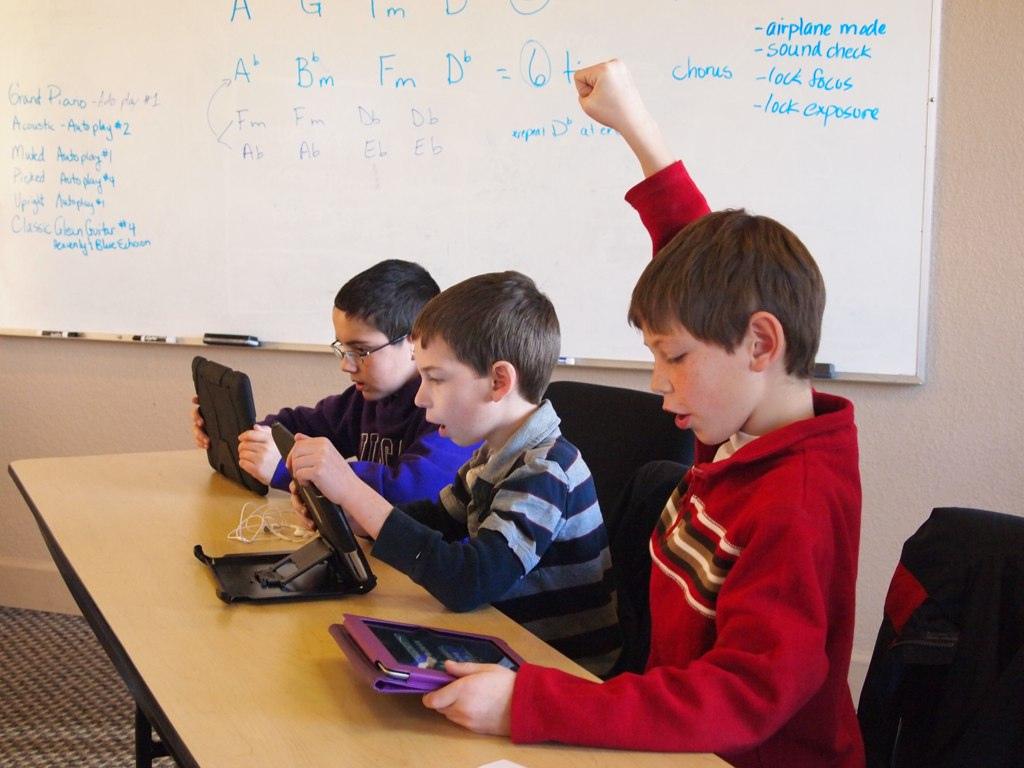Columnist Alex Daniels
The integration of iPads and other electronic devices into classroom curriculum has been a rising trend in many middle schools and high schools.
As we transition into an electronic age, students are now taking notes, doing homework and turning in assignments through school programs on their devices.
Some schools are actually requiring every student to have an iPad, and if a family cannot afford one, they are able to rent one from the school for a cheaper price. According to Future of Working, as much as 60 percent of schools in America issue laptops or tablets to their students.
While some parents and teachers may believe this will be helpful and beneficial to students, it’s actually doing the opposite.
When electronics are incorporated in school at such a young age, students become reliant on the tools these devices can provide. By relying on spellcheck, students are losing the core educational value of knowing how to spell.
Of course high school students know how to spell, you may think. But these students grew up learning to rely on their device to correct their misspelled words.
Another disadvantage is the lack of handwriting skills, especially learning cursive. If everything is completed on an iPad, the traditional use of pencil and paper is no longer practiced nor necessary.
Taking online quizzes for classes can lead to inevitable academic dishonesty. Students won’t truly learn the material if they can rely on looking up answers to get a good grade.
Future of Working also reports that 50 percent of students in middle school and high school use the internet to complete work three times a week. Slowly but surely, schools are transitioning into primarily using electronics for most educational tasks.
The ability to communicate well with others is a key skill in which most people should have in order to be successful throughout life. Technology is destroying the connection that occurs in face-to-face conversations. Starting children at a young age with communicating and conversing with their peers will lead to better communication skills when they’re older.
Having technology in the classroom creates more opportunities for “screen time,” leading to more hours that children are actively using their devices. Which then inevitably causes decreases in communication skills learning for the students.
Dr. Gwenn O’Keeffe, pediatrician and author, believes technology is taking away from children’s need for activities such as running and playing. The more time children are on their devices, the slower they take to develop key motor skills, she says.
According to a survey by AVG, an internet security company, 58 percent of children ages two to five know how to play a basic computer game, while a smaller 52 percent can ride a bicycle.
Many experts, parents, teachers and school administrators believe that integrating electronic devices in the classroom and curriculum will help students succeed, but the drawbacks are too often overlooked.
While it can possibly help students advance in the technological area, the more important skills such as motor and communication skills will be obtained at a slower rate. It’s necessary that young students learn and practice the skills that are acquired not from using technology.



































